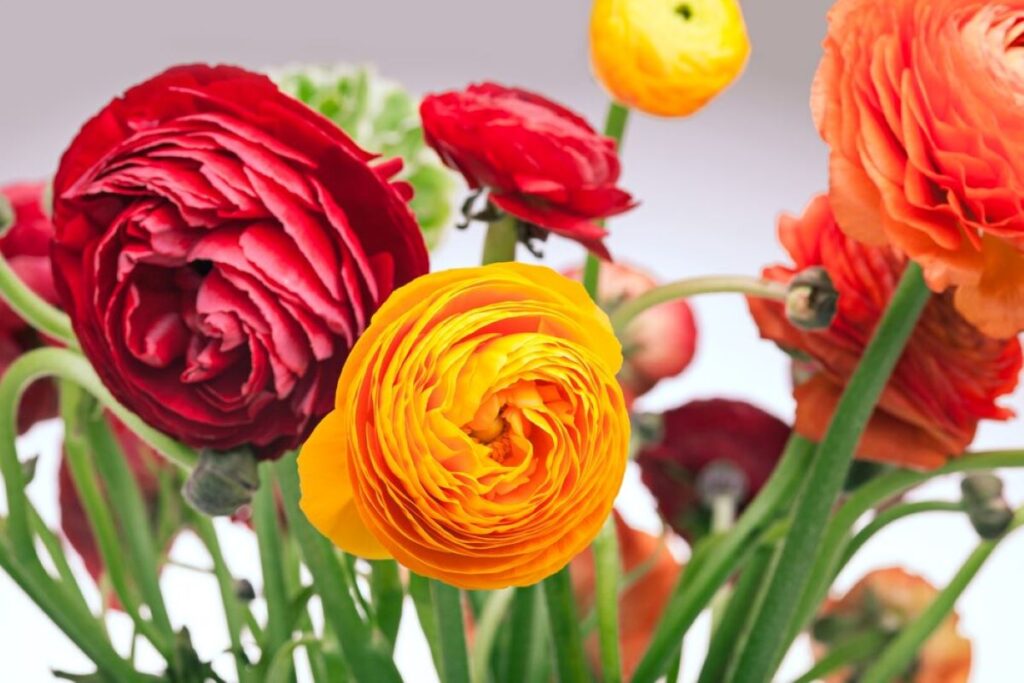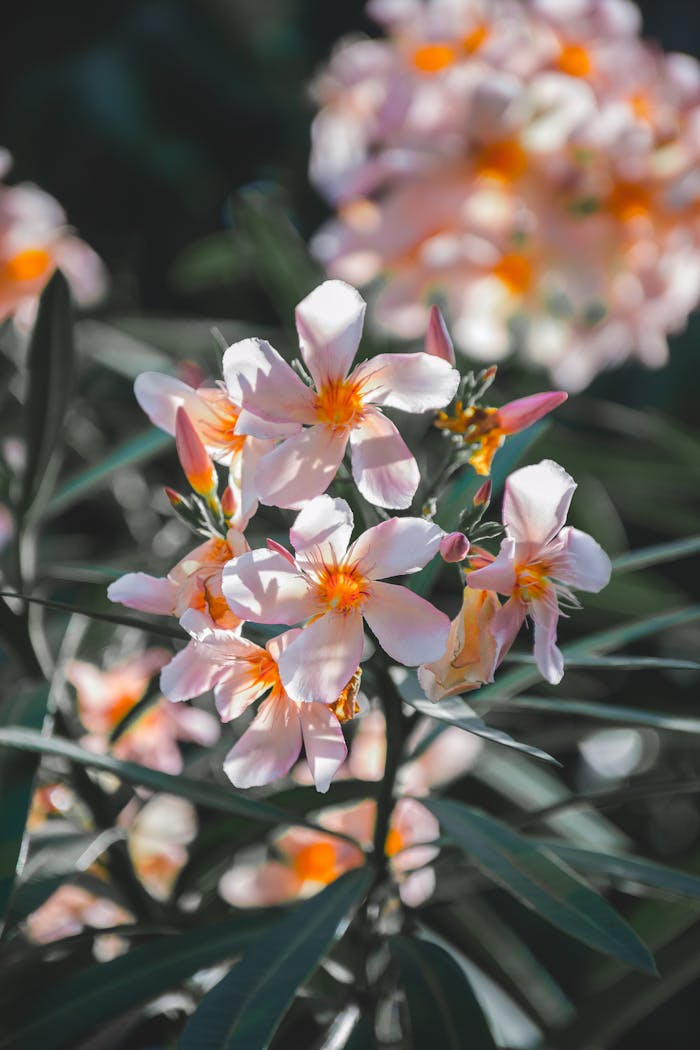There’s something undeniably joyful about a sunflower. Maybe it’s the way it stands tall and unbothered in a field, like nature’s own spotlight hog. Or perhaps it’s the golden halo of petals that echoes the sun itself—cheerful, bright, and seemingly always in a good mood. But what truly sets the sunflower apart is its unique and almost mystical trait: heliotropism, or the way it turns its face to follow the sun.
At first glance, a sunflower might seem like just another pretty flower with an Instagram-friendly aesthetic. But peer a little closer, and you’ll discover a story packed with ancient symbolism, global significance, natural intelligence, and scientific intrigue.
So, let’s dig into the secrets behind this golden bloom—why it follows the sun, what it has meant to cultures through time, and why it continues to inspire poets, painters, and gardeners alike.
A Sunny Introduction to a Radiant Wonder
Sunflowers—Helianthus annuus—are members of the daisy family and native to North America. With their broad, green leaves and unmistakable yellow heads, they’re often planted for ornamental beauty, but they’re also a major crop for seeds and oil production.
What sets the sunflower apart, however, is not just its beauty or utility—it’s its behavior. Young sunflowers exhibit heliotropism, turning their heads from east to west during the day, soaking up every drop of sunlight. At night, they reset, ready to follow the sun all over again. It’s a botanical ballet, perfectly choreographed by evolution.
This fascinating movement is more than just a quirk—it plays a role in the sunflower’s growth, health, and ultimate ability to reproduce. But before we get into the science, let’s travel back in time to understand how this sunny flower has been adored by civilizations across centuries.
Symbolism: Sunflowers in Culture and Myth
Long before scientists studied sunflowers with microscopes and time-lapse cameras, people saw something divine in their behavior. In many cultures, the sunflower became a symbol of devotion, loyalty, and spiritual enlightenment—understandable, given its unwavering attention to the sun.
The Aztecs and Incas
In pre-Columbian civilizations, sunflowers were sacred. The Aztecs believed they represented the sun god, and priests would wear sunflower crowns during ceremonies. The Incas, too, held sunflowers in high spiritual regard, using gold images of them in temples.
Greek Mythology
There’s a charming myth in Greek lore about Clytie, a water nymph hopelessly in love with the sun god Helios. After being spurned, she sat and watched him cross the sky each day until she was transformed into a sunflower—forever turning her face toward her beloved.
Modern Symbolism
Today, sunflowers are often seen as emblems of positivity, growth, and resilience. They’ve become global symbols for causes like peace, environmental awareness, and even political movements. Their ability to thrive in harsh conditions, while always facing the light, gives them metaphorical power.
See more: Linley Point Florists Perfect Flowers for Every Event
The Science Behind the Sun Chase
So, how and why does the sunflower follow the sun?
This magical behavior is due to a phenomenon called heliotropism. In young sunflowers, the stem grows unevenly—cells on the shaded side elongate more than those on the sunny side, causing the plant to bend toward the light. This daily dance helps the plant maximize photosynthesis, aiding faster and healthier growth.
Interestingly, this tracking stops when the flower matures. Once the sunflower head is fully developed, it generally settles facing east. Why east? Because studies have shown that east-facing blooms warm up faster in the morning, making them more attractive to pollinators like bees. Nature’s strategy, perfectly tuned.
This behavior isn’t just cute—it’s brilliant.
Varieties of Sunflowers: From Garden Giants to Delicate Dwarfs
Most of us picture the classic tall sunflower with a huge head and golden petals, but there are actually 70+ species in the Helianthus genus, and hundreds of cultivated varieties.
Popular Types of Sunflowers
- Mammoth Sunflowers: These can grow over 12 feet tall with massive heads—often used in competitions and admired for their grandeur.
- Teddy Bear Sunflowers: A fluffy, double-petaled variety with a bushier, almost pom-pom appearance. Great for small gardens or containers.
- Autumn Beauty: Not all sunflowers are yellow—this variety features red, orange, and bronze hues, giving an autumnal twist.
- Sunrich Lime and ProCut White Nite: Modern hybrids that showcase unusual colors like pale green and creamy white—favorites among floral designers.
Global Appeal
While native to the Americas, sunflowers have made their way around the world. Ukraine, for instance, has adopted the sunflower as a national symbol of peace and hope. Vast sunflower fields stretch across the countryside like golden oceans.
In places like France and Italy, sunflower farms draw tourists and photographers each summer. And in Asia, sunflower seeds are popular snacks, appreciated not just for taste but also for their symbolism.

Sunflowers in Art, Literature, and Life
Few flowers have inspired as much artistic expression as the sunflower.
Van Gogh’s Sunflowers
Perhaps the most famous tribute is Vincent van Gogh’s “Sunflowers” series. The vivid yellows, coarse brushstrokes, and rustic vases captured more than just flowers—they expressed the painter’s admiration for light, joy, and beauty in simplicity. Today, those paintings are priceless masterpieces, hanging in the world’s greatest museums.
Poetic Imagery
Sunflowers appear in the verses of poets like William Blake, whose 1794 poem “Ah! Sun-flower” explored themes of time, desire, and spiritual longing. They’ve become a literary metaphor for loyalty, faith, and facing adversity with grace.
Cultural Use
Beyond art, sunflowers continue to show up in weddings, home décor, and even fashion. They represent rustic charm, warmth, and optimism—making them a perennial favorite.
They also play practical roles. Sunflower oil is one of the most consumed vegetable oils in the world. Their seeds feed both people and birds. And surprisingly, sunflowers are being studied for their ability to remove toxins from soil, such as lead and radiation—a process known as phytoremediation.
This is a flower that gives back, again and again.
Why We Still Love the Sunflower
There’s something timeless about sunflowers. They’re not flashy or overly delicate. They’re bold, unapologetic, and somehow still humble. They remind us to face the light, even when life feels shadowed.
In a world that often feels complicated, the sunflower’s message is simple: grow tall, follow the light, give back to the earth, and brighten the world around you.
Whether you plant them in your backyard, admire them in a painting, or snack on their seeds, sunflowers connect us—across time, space, and culture. They are a living celebration of nature’s optimism.
In Bloom: A Final Reflection
As someone who’s watched sunflowers rise from tiny seeds into towering giants—who’s traced their gaze across the sky and felt the joy they bring to even the gloomiest garden—I can tell you this: sunflowers don’t just grow in the soil. They grow in the heart.
So the next time you see a sunflower turning its golden face toward the sun, remember: it’s not just following the light—it’s chasing joy, resilience, and hope.
And maybe, just maybe, we should too.



